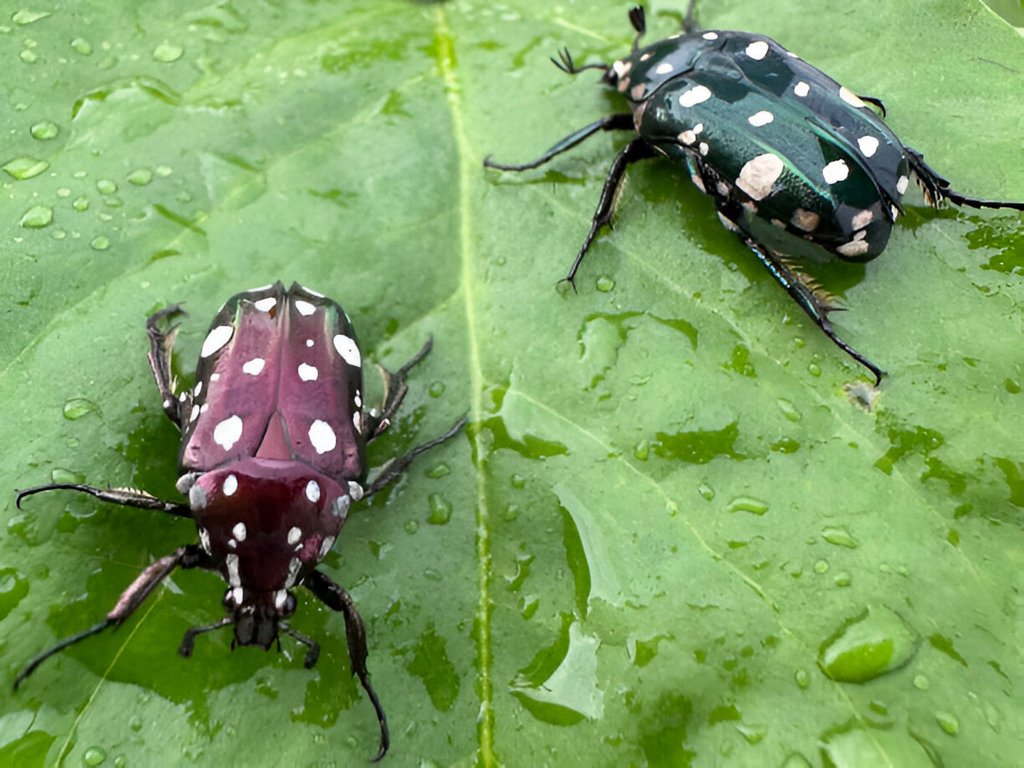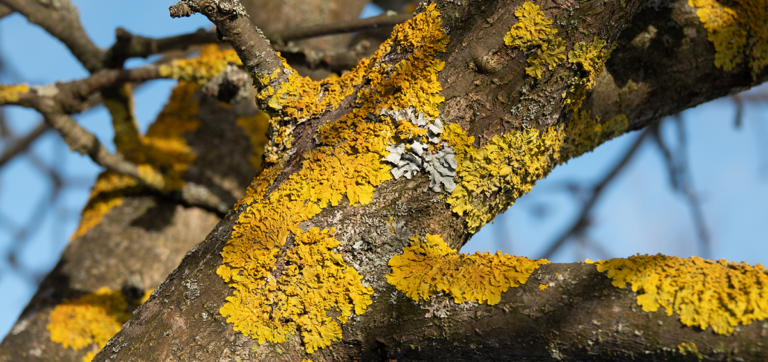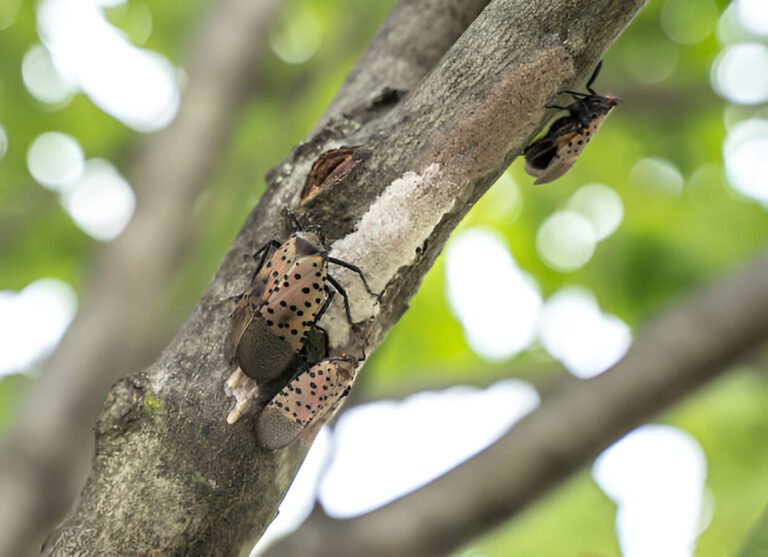Common Container Garden Pests (and How to Get Rid of Them)
I’ve learned one thing through my years of container gardening: You’re not the only one who wants to enjoy your plants. If you’ve got a container garden, it’s only a matter of time before pests start treating it like their all-you-can-eat buffet.
At first, I thought my plants just had a “bad day,” but no, some sneaky little creatures were hard at work making a mess of things. I had to get smart fast.
The good news? You can fight back! Once you know who your enemies are, it’s much easier to keep them at bay. Let’s dig into the most common container garden pests and how to deal with them—without going full-on war mode.
1. Aphids: The Tiny Green Vampires
You’ll probably meet aphids before anything else in your garden journey. These tiny green, yellow, or black pests seem to love hanging out on new growth, sucking the life right out of your plants. When I first noticed them, I thought my plants were just thirsty. Nope—it was a full-blown aphid infestation, and they were turning my leaves yellow and curling them up like paper.
Aphids reproduce faster than you can blink, but you can stop them from taking over with a few tricks up your sleeve:
- Blast them with water: Spray them off your plants with a hose. They hate it and will fall right off.
- Insecticidal soap: A couple of sprays with insecticidal soap, and they’re done for. I keep this on hand like bug spray in summer.
| Control Method | Effectiveness | Ease of Use |
| Water Spray | Moderate | Easy, but requires frequent spraying |
| Insecticidal Soap | High | Easy, store-bought or DIY |
2. Spider Mites: The Silent Destroyers
If you see fine webs on your plants, it’s not Charlotte’s Web—it’s spider mites. These guys are small but mighty, and they work fast. I didn’t even notice them at first, but then my plants started looking discolored, and leaves began to drop.
Here’s how you can deal with these pests before they turn your plants into a webbed mess:
- Neem oil: Spider mites hate neem oil, and I love that it’s organic. Just spray it on, and they’ll take the hint.
- Insecticidal soap: Good old insecticidal soap works wonders on mites too.
| Control Method | Effectiveness | Ease of Use |
| Neem Oil | High | Easy |
| Insecticidal Soap | High | Easy |
3. Whiteflies: The Little Clouds of Doom
Have you ever brushed up against your plants and seen a cloud of tiny white bugs fly into the air? Congratulations, you’ve met whiteflies. They’re similar to aphids, sucking on plant sap and causing all sorts of issues, like yellow leaves and stunted growth. But don’t worry—you can outsmart them.
Here’s how I’ve managed to keep these fluttering foes in check:
- Sticky traps: I hang yellow sticky traps around my plants. Whiteflies can’t resist the color and get stuck—kind of like flypaper for your garden.
- Insecticidal soap: Once again, insecticidal soap comes to the rescue.
| Control Method | Effectiveness | Ease of Use |
| Sticky Traps | Moderate | Easy |
| Insecticidal Soap | High | Easy |
4. Fungus Gnats: The Annoying Little Flies
Fungus gnats are those tiny flies that love hovering around your plants. While the adults are mostly annoying, their larvae can wreak havoc on your plant roots. I had them for a while, and trust me, they’re a real nuisance.
Thankfully, I’ve found ways to handle them:
- Yellow sticky traps: These work for fungus gnats, too. The adults get stuck, and that reduces their population over time.
- Let the soil dry out: Fungus gnats love moist soil, so if you let the top inch dry out between waterings, you can stop them in their tracks.
| Control Method | Effectiveness | Ease of Use |
| Sticky Traps | Moderate | Easy |
| Drying Out Soil | High | Simple |
5. Thrips: The Silent Suckers
Thrips are thin, fast-moving insects that you probably won’t see until it’s too late. They feed on plant sap, leaving behind discolored and distorted leaves and flowers.
I’ve found that they’re tricky to control, but not impossible:
- Sticky traps: Place these around your plants to catch the adults.
- Insecticidal soap: Yet again, a tried-and-true solution for many garden pests.
| Control Method | Effectiveness | Ease of Use |
| Sticky Traps | Moderate | Easy |
| Insecticidal Soap | High | Easy |
6. Snails and Slugs: The Nighttime Nibblers
These slimy pests love a moist environment, which makes them common in container gardens. They can chomp through leaves like nobody’s business, especially overnight. I woke up one morning to find my plants looking like Swiss cheese!
Luckily, I found a few ways to keep them at bay:
- Beer traps: Place a shallow dish of beer near your plants, and snails and slugs will crawl in and drown. It’s gross, but effective.
- Hand-picking: It sounds tedious, but going out at dusk or dawn and picking them off your plants really works.
| Control Method | Effectiveness | Ease of Use |
| Beer Traps | High | Simple |
| Hand-Picking | High | Time-Consuming |
7. Cutworms: The Stem Slashers
Cutworms are the larvae of certain moths, and they love cutting through young plant stems right at soil level. I lost a couple of seedlings to these guys before I figured out what was going on.
Here’s how I protect my plants now:
- Barriers: I create little “collars” around my plants using toilet paper rolls or cut-up plastic cups. The cutworms can’t get to the stems, and the plants stay safe.
- Hand-picking: Find them and pick them off—simple, but it works.
| Control Method | Effectiveness | Ease of Use |
| Barriers | High | DIY but Effective |
| Hand-Picking | High | Manual labor |
8. Mealybugs: The Cottony Menace
Mealybugs look like tiny balls of cotton, but don’t let their fluffy appearance fool you. These guys will suck the sap right out of your plants, leaving you with stunted growth.
I’ve had good luck controlling mealybugs with:
- Insecticidal soap: Spray it directly on the bugs to get rid of them.
- Rubbing alcohol: Dip a cotton swab in rubbing alcohol and dab it on the mealybugs. They hate it.
| Control Method | Effectiveness | Ease of Use |
| Insecticidal Soap | High | Easy |
| Rubbing Alcohol | Moderate | A bit more time-consuming |
9. Leaf Miners: The Tunnelers
You’ll know you’ve got leaf miners when you see tunnels running through your leaves. While they don’t usually do much damage, they can weaken your plants if left unchecked.
I’ve found that sticky traps can help reduce their numbers, and removing the affected leaves can stop them from spreading.
| Control Method | Effectiveness | Ease of Use |
| Sticky Traps | Moderate | Easy |
| Remove Affected Leaves | High | Labor-Intensive |
10. Tomato Hornworm Caterpillars: The Green Giants
The first time I saw a tomato hornworm caterpillar, I thought it was part of the plant! These guys are huge and blend in perfectly with tomato vines. But once they start munching, they can destroy your plants in no time.
Hand-picking is really the best way to deal with them. It’s like an Easter egg hunt—except these “eggs” are caterpillars, and they’re wrecking your tomatoes!
| Control Method | Effectiveness | Ease of Use |
| Hand-Picking | High | Time-Consuming but Effective |


